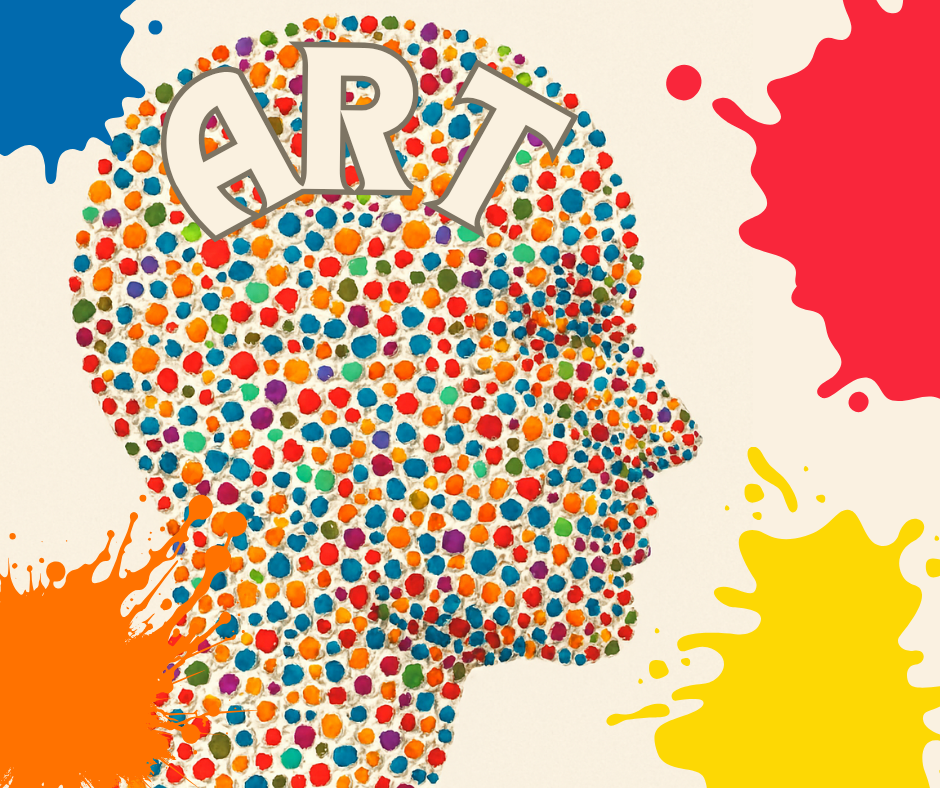Art as a representation of Psychosocial problems
- João Pedro Marques

- Aug 18, 2022
- 2 min read

For centuries, art has chronologically presented psychosocial problems. The reality of the psychosocial criticism through themes such as misery, poverty, hunger, madness, war, disease and the absurd were approached by several artists through Renaissance, naturalist, baroque and romantic paintings. Artists like Michelangelo, Caravaggio, Patinir, Bosch, Durer, Juan De Valdés Leal, Nicolas Poussin, Vincenzo Camuccini, Jacques-Louis David, Johann Heinrich Fussli, Goya, William Blake, Eugenio Lucas, Eugene Delacroix depicted the same.
Later on, symbolists likef Puvis de Chavannes, Moreau, Redon and Boklin depicted psychosocial aspects through their works. It's in the 20th century that the expression of the artist's nature is represented in painting, as in the case of expressionism of negative themes. Edvard Munch was one of the best examples of this era, representing human anguish, loneliness and social helplessness. Cubism emerged as a new stylistic language of geometric shapes by Picasso and Georges Braque. And in the period between the world wars, post-expressionism and the magical realism of Otto Dix and DÁdÁ emerge as an anti-artistic and anti-poetic movement of the absurd carried out by Duchamp.
On a psychological level, surrealism entered through artists such as Max Ernst, Salvador Dali, Ives Tangui, Joan Miró. Surrealist abstraction led to Abstract Expressionism and European Informalism. It was the phase of Pollock, Kline, Mathieu, Soulages, Vedova.
After the end of the 2nd world war, neo-expressionism emerged as an artistic reconstruction. Artists like Basquiat aimed at social criticism by the extensive use of graffiti. Francis Bacon depicted the horror of life and viscerality.
However, it is recognized that the various personality characteristics, together with the impact of social experiences, left indelible mark in the psychology of the artists. Traits of schizotypal personality disorder are recognized in Salvador Dali, Mood disorders in Munch and alcoholism in Pollock, psychosis in Van Gogh, narcissistic traits as well as psychoticism in Francis Bacon and drug addiction in Basquiat.
Therefore, the idea of expressing negative psychosocial content is not entirely new. It should be praised for its ability to capitalize freedom of expression. It is always a sign of the times, both in terms of society itself and the artist himself. It should not be denied or censored, as it is a constant reality over time.
Art does not have to be aesthetically accepted through decorative beauty, but through the artist's subjective expression and must be valued as real.
Presenting symptoms of psychological and social suffering is one of the major factors for the greatest of the artistic developments.
We don't need to be crazy, but it really helps!



Comments